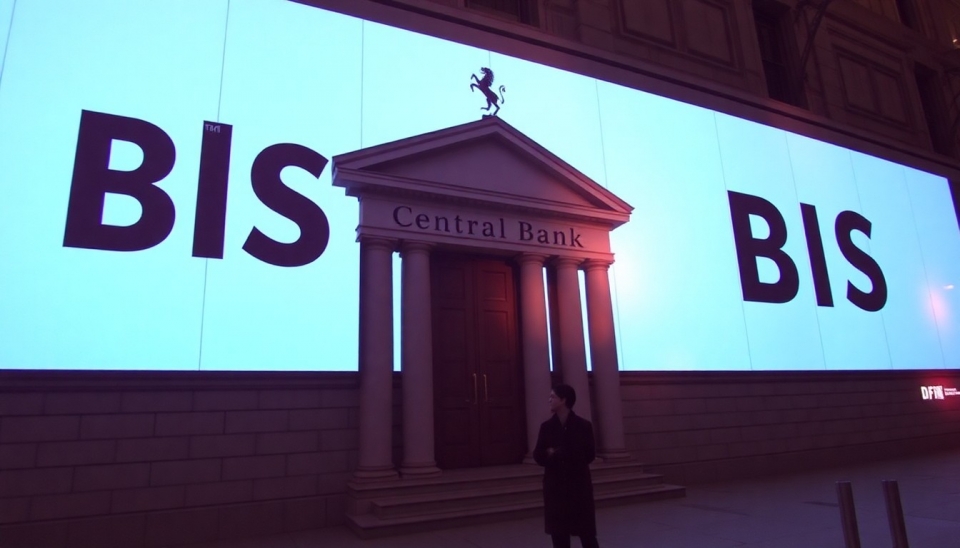
In an innovative shift towards modern communication, central banks around the globe are harnessing the power of social media to engage with the increasingly influential Gen Z demographic. This strategy highlights the importance of reaching a younger audience that is both tech-savvy and frequently relies on platforms like Instagram, TikTok, and Twitter for information. As narratives around financial literacy and monetary policies evolve, these institutions are adapting their approaches to ensure they remain relevant in the digital age.
Traditionally, the core functions of central banks, which include regulating monetary policy, managing inflation, and ensuring financial stability, have been conveyed through official press releases, financial reports, and media briefings aimed at seasoned journalists and economic specialists. However, a growing awareness of the need to demystify complex financial concepts for younger audiences is prompting a re-evaluation of how these institutions communicate.
Central banks are now embracing informal and creative methods to translate sophisticated economic discourse into digestible content. By leveraging engaging visuals, interactive posts, and bite-sized information, they aim to foster a more substantial dialogue with the younger generation. This transformation is particularly crucial as Gen Z emerges as a significant force in the workforce and consumer market, with their unique perspectives on savings, investments, and personal finance.
The European Central Bank (ECB) and the Federal Reserve are among those leading the charge, experimenting with formats familiar to younger audiences. For example, the ECB launched a series of videos on TikTok explaining inflation and interest rates in a more relatable manner. Similarly, the Federal Reserve is using Instagram Stories to share insights about economic indicators and financial education tips that resonate with the everyday experiences of young people.
In addition to outright educational content, these institutions are also tapping into current trends and traditional media strategies. By capitalizing on viral trends or memes, central banks can increase their visibility and engagement levels on social media platforms. This strategy allows them to present important information in a manner that feels less intimidating and more accessible to those who may be disinterested or overwhelmed by conventional economic discussions.
However, the move to social media isn't without its challenges. Navigating the platforms’ fast-paced landscape and balancing professionalism with the necessity for relatable content can lead to missteps and potential backlash. Central banks must tread carefully to maintain their authoritative stance while striving to resonate with a youthful audience that values authenticity and transparency.
Proponents of this new approach argue that developing a strong online presence not only enhances transparency but also builds trust in these financial institutions. In a world filled with misinformation, providing clear and concise information directly to audiences encourages informed decision-making and increased financial literacy among the younger generation.
As this trend continues to evolve, we can expect central banks to refine their strategies further, potentially influencing how monetary policy discussions are framed in the future. Engaging Gen Z on social media not only represents a significant step towards modernization for these institutions but also marks an essential investment in the financial education of future generations.
In conclusion, as central banks venture into the vibrant world of social media, it paints a promising picture of a more informed and financially literate generation. This significant shift may ultimately reshape how monetary policy and economic concepts are perceived and understood by young people, ensuring relevant, transparent discussions are accessible to all.
#centralbanks #GenZ #socialmedia #financialliteracy #economiceducation #ECB #Fed #monetarypolicy #youthengagement #TikTokFinance #InstagramEconomics
Author: Emily Collins
